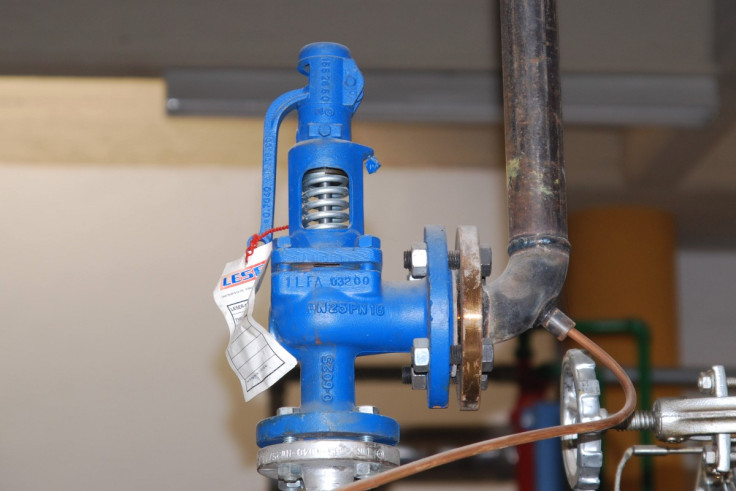Boiler Easing Gear
Why is it fitted?
As per SOLAS chapter II-1 regulation 32 “Every steam boiler and every un-fired steam generator shall be provided with not less than 2 safety valves of adequate capacity. However, having regard to the output or any other features of any boiler or un-fired steam generator, the administration may permit only one safety valve to be fitted if it is satisfied that adequate protection against over pressure is thereby provided”.
Generally on boilers used on ship two safety valves are fitted. These safety valves are o/hauled in dry-dock and set to open at 3% more than the max allowable pressure, in presence of a surveyor. In case of economiser safety valves the valves are set by the chief engineer at sea and the surveyor is informed.
Safety valves are provided to prevent over pressurisation of the boiler, which would cause it to explode and can be harmful and fatal for personnel.
Easing gear is fitted basically to allow for manual operation of the safety valve, in case of failure to open when the boiler has been over pressurised. The easing gear also allows for regular testing of the valves at sea to ensure correct operation.
The easing gear has to be such that it can cause max lift D/4 of the safety valve.
When easing gear is used?
The easing gear is used for 2 purposes.
- To manually operate the safety valve.
- To regularly test the safety valve.
a): For a normal ship, unless there has been an incident where the boiler safety valves have been affected, the only time these valves are o/hauled and set are in dry dock in presence of a surveyor or if the survey is planned not in a drydock Or at sea in the case of economiser, these are set by the chief engineer. After the setup these valves are not adjusted until the next dry dock. In other words no maintenance is carried out on these valves.
The valve may fail to operate due to a broken spring, or if the set point has changed due to excessive vibration. If the drain line is choked then fluid can accumulate above the valve causing the set pressure to change, in such a case the valve will operate at a higher pressure than the set point. If these things occur then the easing gear can be used to manually operate the valve and prevent a catastrophe from taking place.
b): Preventive maintenance is very important for proper operation of a ship. Part of an efficient PMS is to try out all standby and passive equipment, especially safety devices like relief valves and safety valves. Same goes for the safety valve of the boiler. Even though the valves have been o/hauled and tried out in front of class surveyor, it is very important to try out these valves at regular intervals. It would be highly dangerous and impractical to try out these valves by over pressurising the boiler.
The easing gear allows the ship staff to try out the safety valve during normal operation, without interfering with ship operations. The condition of the spring can also be determined by this. Operating the safety valve a few times by the easing gear helps in freeing up the mechanism which can be jammed due to it being at standstill for long time. The condition of the easing gear can also be determined during this test. The easing gear consists of levers, cables and pulleys, which have to be regularly lubricated and cleaned. Operating the safety valve with easing gear also gives the condition of easing gear.
Precautions for use of easing gear.
– Ensure the safety valve drains are clear and drained.
– Wear heavy duty gloves while operating the handle.
– Easing gear to be operated only for testing or when manual operation required, and to be done by the engineer of the watch.
Related topics:
Boiler basics and types of boilers | Common issues found on Boiler feed water | Boiler water treatment fundamentals | Water Treatment Philosophy and Overview |


Good description & knowledgeable.
It will be very helpful for boiler engineers.
O yes
Very helpfull
Where could the “3% opening pressure” regulation be found? wasn’t in SOLAS chaper II-1 regulation 32……
Good